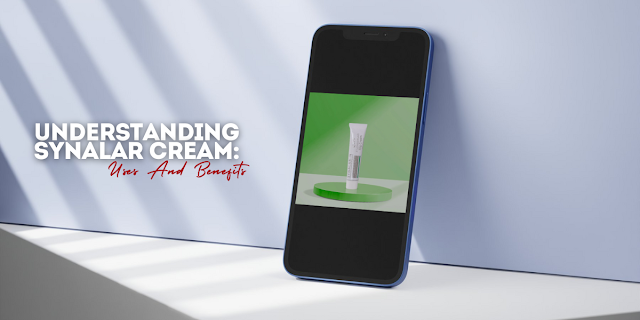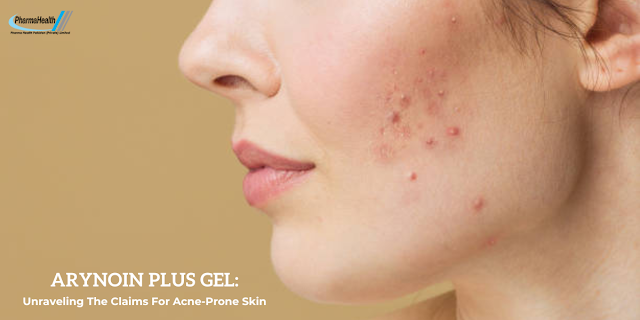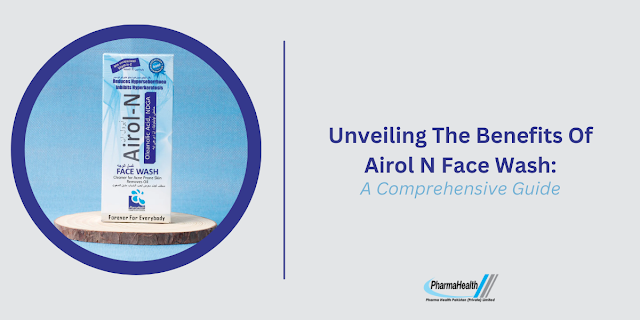Understanding Synalar Cream: Uses And Benefits
Synalar Cream is a topical medication widely recognized for its efficacy in treating various skin conditions. Containing the active ingredient fluocinolone acetonide, a potent corticosteroid, Synalar Cream is known for its anti-inflammatory and immunosuppressive properties. This article explores the diverse Synalar Cream uses, highlighting its benefits and providing insights into its application in dermatology.
What
is Synalar Cream?
Synalar Cream is a
prescription medication used to treat a range of inflammatory skin conditions.
The active ingredient, fluocinolone acetonide, is a synthetic corticosteroid
that helps reduce inflammation, itching, and redness. Available in different
strengths, Synalar Cream can be tailored to the severity of the condition being
treated. Its formulation allows it to penetrate the skin effectively, providing
relief from discomfort and promoting healing.
Primary
Uses of Synalar Cream
Synalar Cream is
primarily used to treat various dermatological conditions characterized by inflammation
and irritation. These conditions include eczema, psoriasis, dermatitis, and
allergic reactions. The anti-inflammatory properties of fluocinolone acetonide
help to soothe the skin, reduce swelling, and alleviate itching.
In treating eczema,
Synalar Cream can be particularly effective. Eczema, also known as atopic
dermatitis, is a chronic condition that causes the skin to become dry, itchy,
and inflamed. Applying Synalar Cream to the affected areas can provide
significant relief from itching and irritation, helping to manage flare-ups and
prevent the condition from worsening.
Psoriasis, another common
condition treated with Synalar Cream, is characterized by the rapid growth of
skin cells, leading to thick, red patches covered with silvery scales. Synalar
Cream helps to slow down the overproduction of skin cells, reduce inflammation,
and ease the associated discomfort.
Dermatitis, including
contact dermatitis and seborrheic dermatitis, can also be effectively managed
with Synalar Cream. Contact dermatitis occurs when the skin reacts to an
irritant or allergen, causing redness, itching, and swelling. Seborrheic
dermatitis, on the other hand, is a chronic condition that affects areas of the
body with a high concentration of sebaceous glands, such as the scalp and face.
Synalar Cream helps to reduce the inflammation and scaling associated with
these conditions, providing relief and promoting healing.
Other
Applications of Synalar Cream
Beyond its primary uses,
Synalar Cream can be employed in the treatment of various other skin
conditions. It is sometimes prescribed for the management of lichen planus, a
condition that causes purplish, itchy, flat-topped bumps on the skin. By
reducing inflammation and suppressing the immune response, Synalar Cream helps
to alleviate the symptoms of lichen planus and improve the appearance of the
skin.
Synalar Cream is also
used in the treatment of lupus erythematosus, an autoimmune disorder that can
cause skin lesions, particularly on sun-exposed areas. The anti-inflammatory
and immunosuppressive effects of fluocinolone acetonide can help to manage
these lesions, reducing their size and discomfort.
Additionally, Synalar
Cream can be applied to insect bites and stings to reduce inflammation and
itching. Its rapid action in alleviating discomfort makes it a valuable option
for managing these minor skin irritations effectively.
How
to Use Synalar Cream
Proper application of
Synalar Cream is essential to maximize its benefits and minimize potential side
effects. The cream should be applied thinly and evenly to the affected area,
usually two to four times a day, as directed by a healthcare professional. It
is important to wash and dry the hands before and after applying the cream to
avoid spreading the medication to other areas or contaminating the treated
area.
For optimal results, the
skin should be clean and dry before application. Gently rub the cream into the
skin until it is fully absorbed. Avoid using Synalar N Cream on broken or
infected skin unless directed by a healthcare provider, as this can increase
the risk of systemic absorption and potential side effects.
Potential
Side Effects and Precautions
While Synalar Cream is
generally well-tolerated, it can cause side effects, particularly with
prolonged use. Common side effects include burning, itching, irritation, or
dryness at the application site. These symptoms are usually mild and temporary.
However, if they persist or worsen, it is important to seek medical advice.
Long-term use of
corticosteroids can lead to more serious side effects, such as skin thinning,
stretch marks, and systemic absorption, which can affect hormone levels and
lead to conditions like Cushing's syndrome. To minimize these risks, Synalar N
Cream should be used for the shortest duration necessary to achieve the desired
effect. Regular monitoring by a healthcare professional is recommended,
especially for individuals using the cream on large areas of the body or for
extended periods.
Patients with certain
conditions, such as diabetes or compromised immune systems, should use Synalar
N Cream with caution, as corticosteroids can affect blood sugar levels and
immune function. Pregnant or breastfeeding women should consult their
healthcare provider before using Synalar Cream to ensure it is safe for them
and their baby.
Conclusion
Synalar N Cream
is a versatile and effective treatment for a variety of inflammatory skin
conditions. Its anti-inflammatory and immunosuppressive properties make it a
valuable tool in dermatology, providing relief from discomfort and promoting
healing. By understanding its uses, application methods, and potential side
effects, patients can effectively incorporate Synalar Cream into their skincare
regimen, ensuring optimal results and minimizing risks. Always consult a
healthcare professional for personalized advice and to ensure the safe and
effective use of Synalar Cream.



Comments
Post a Comment